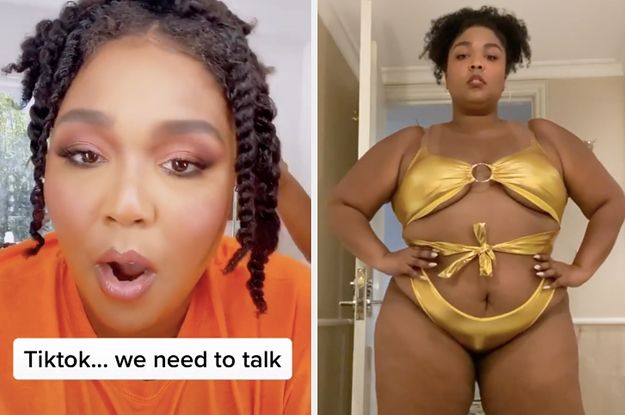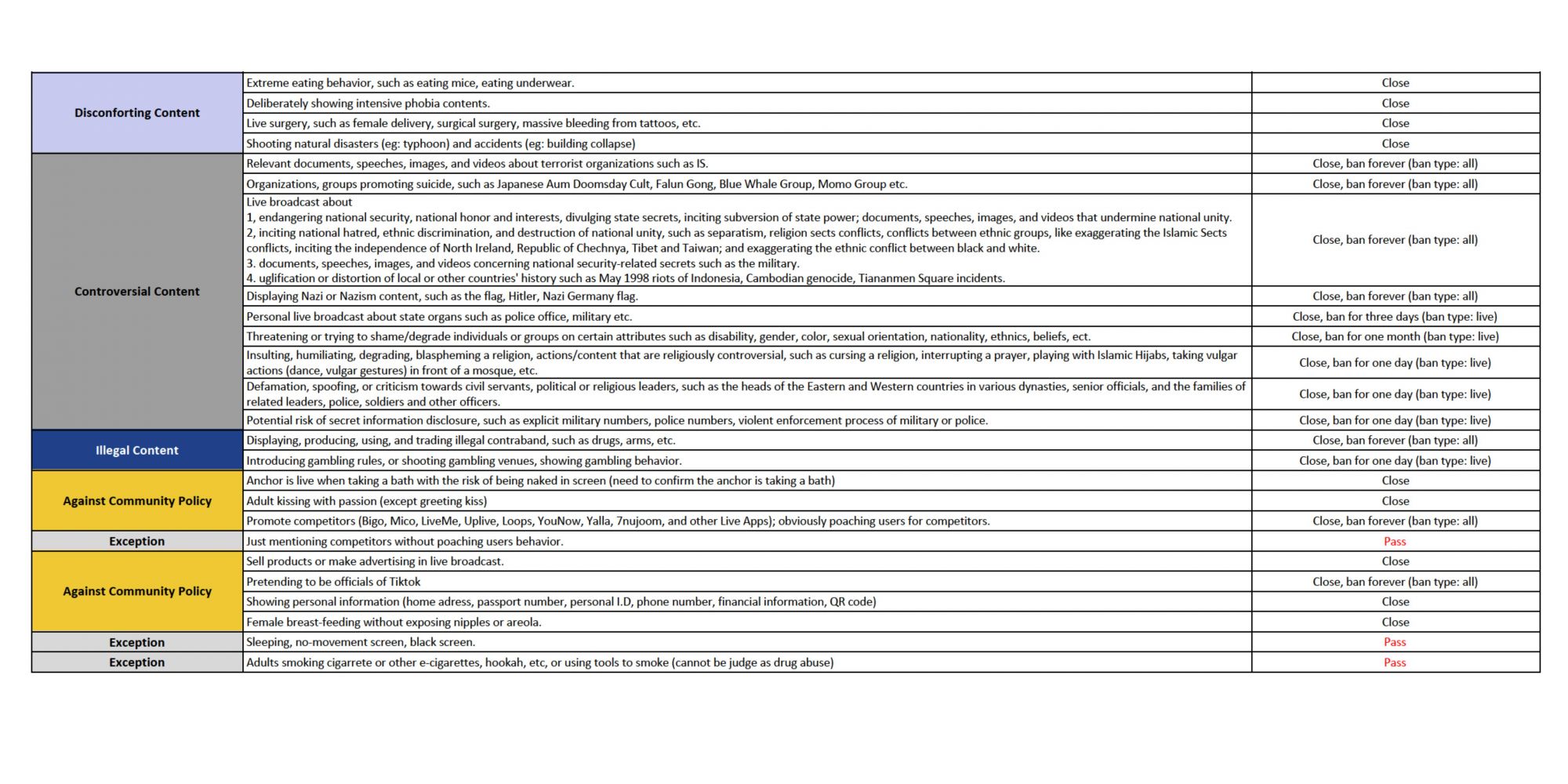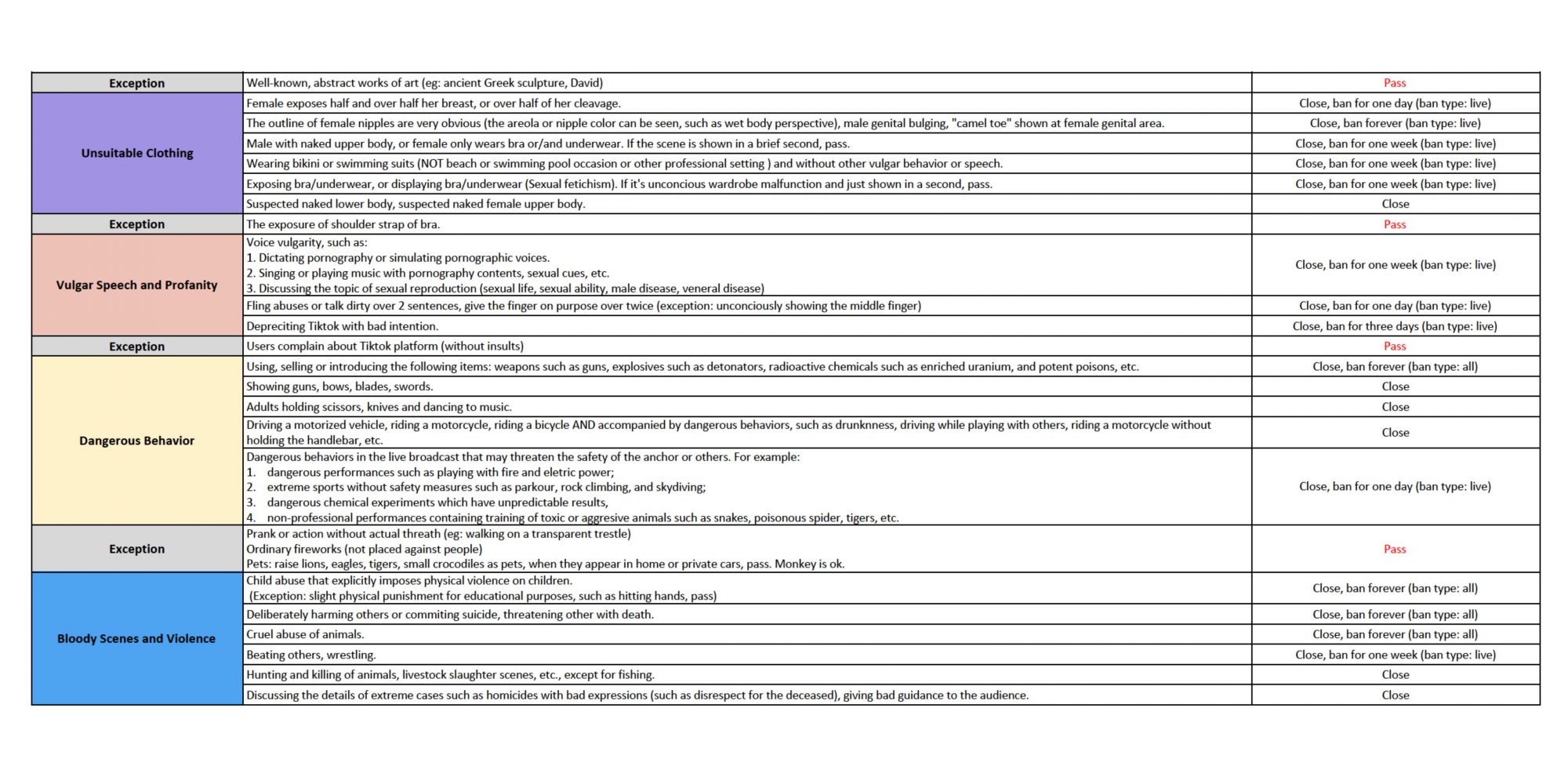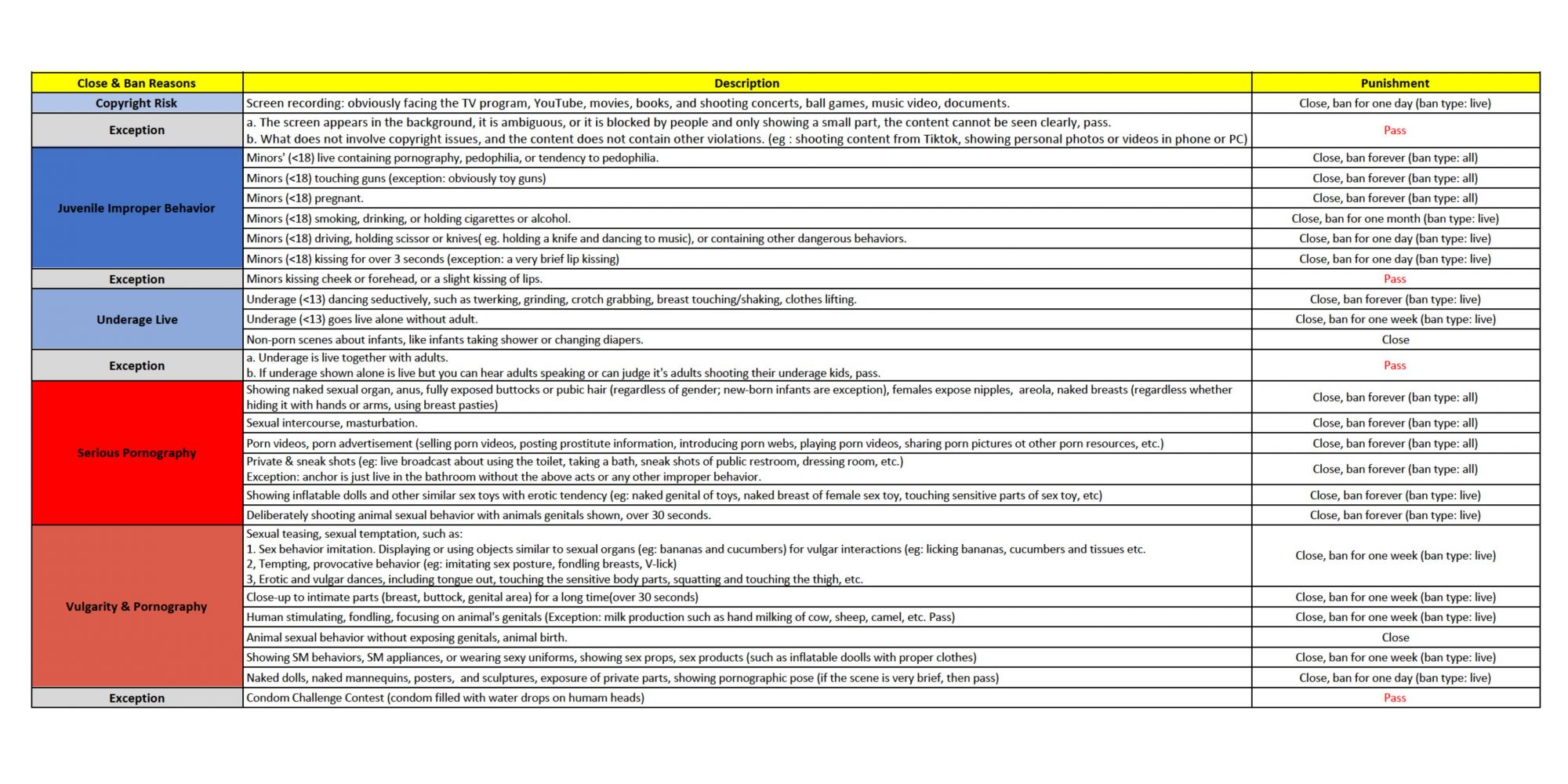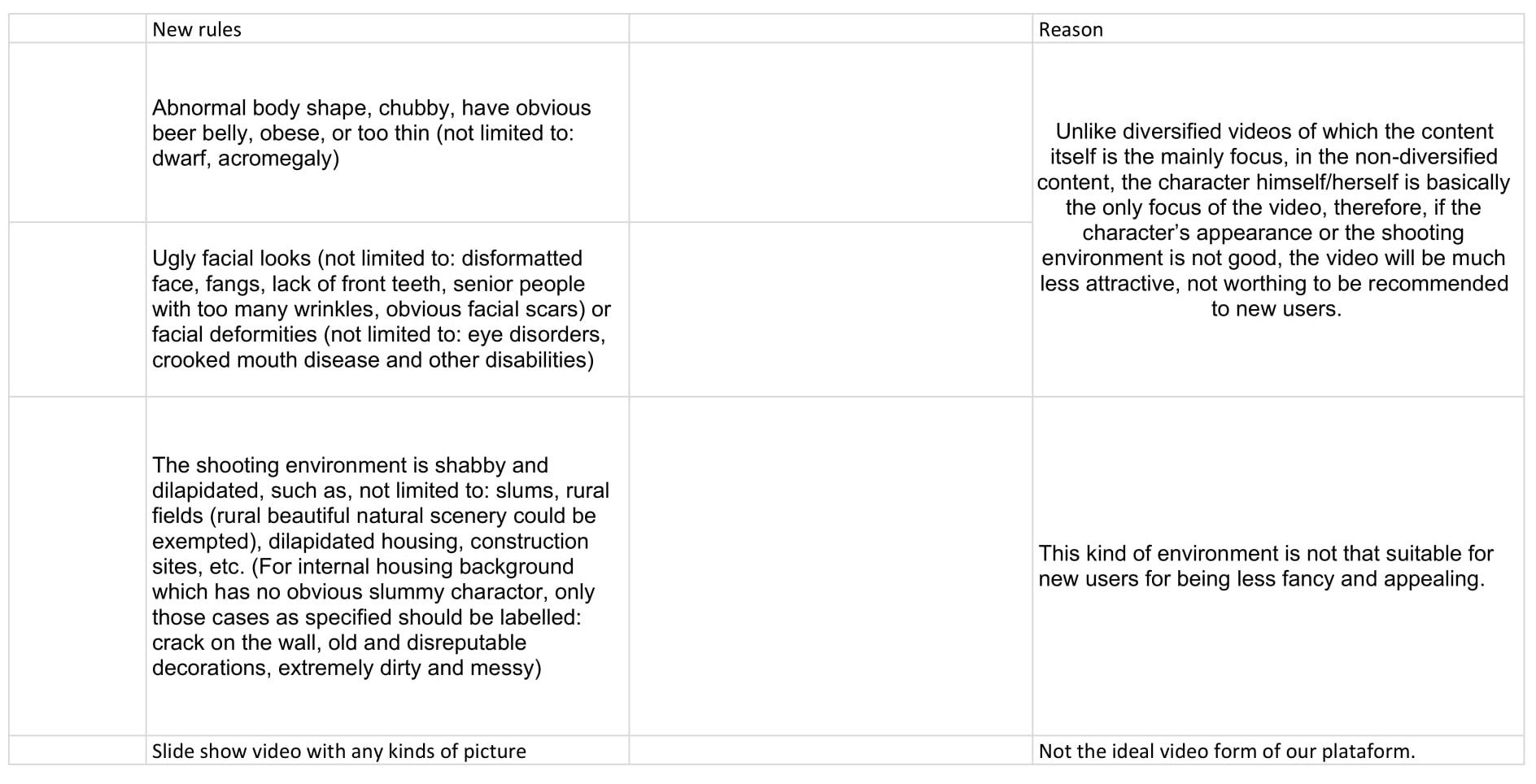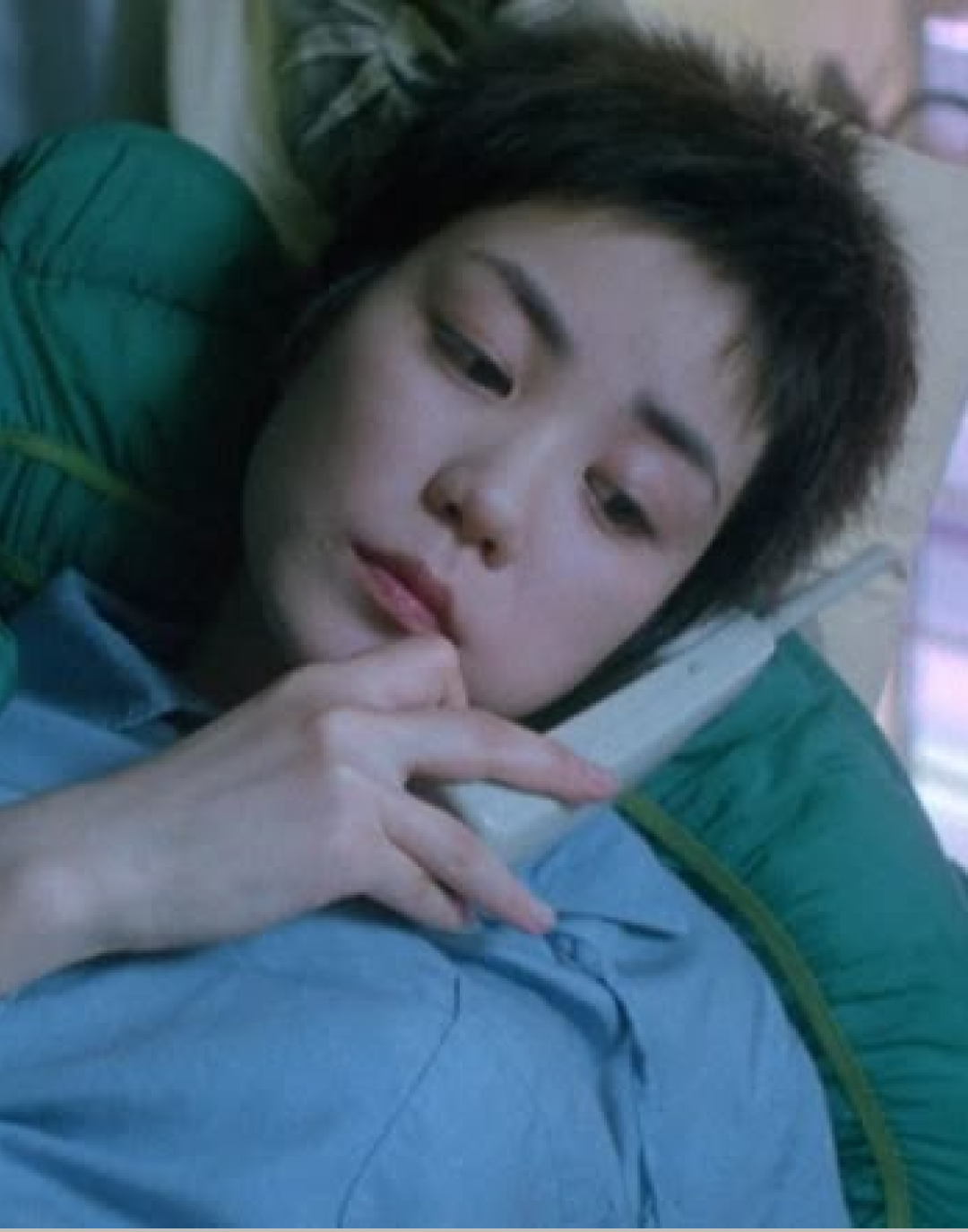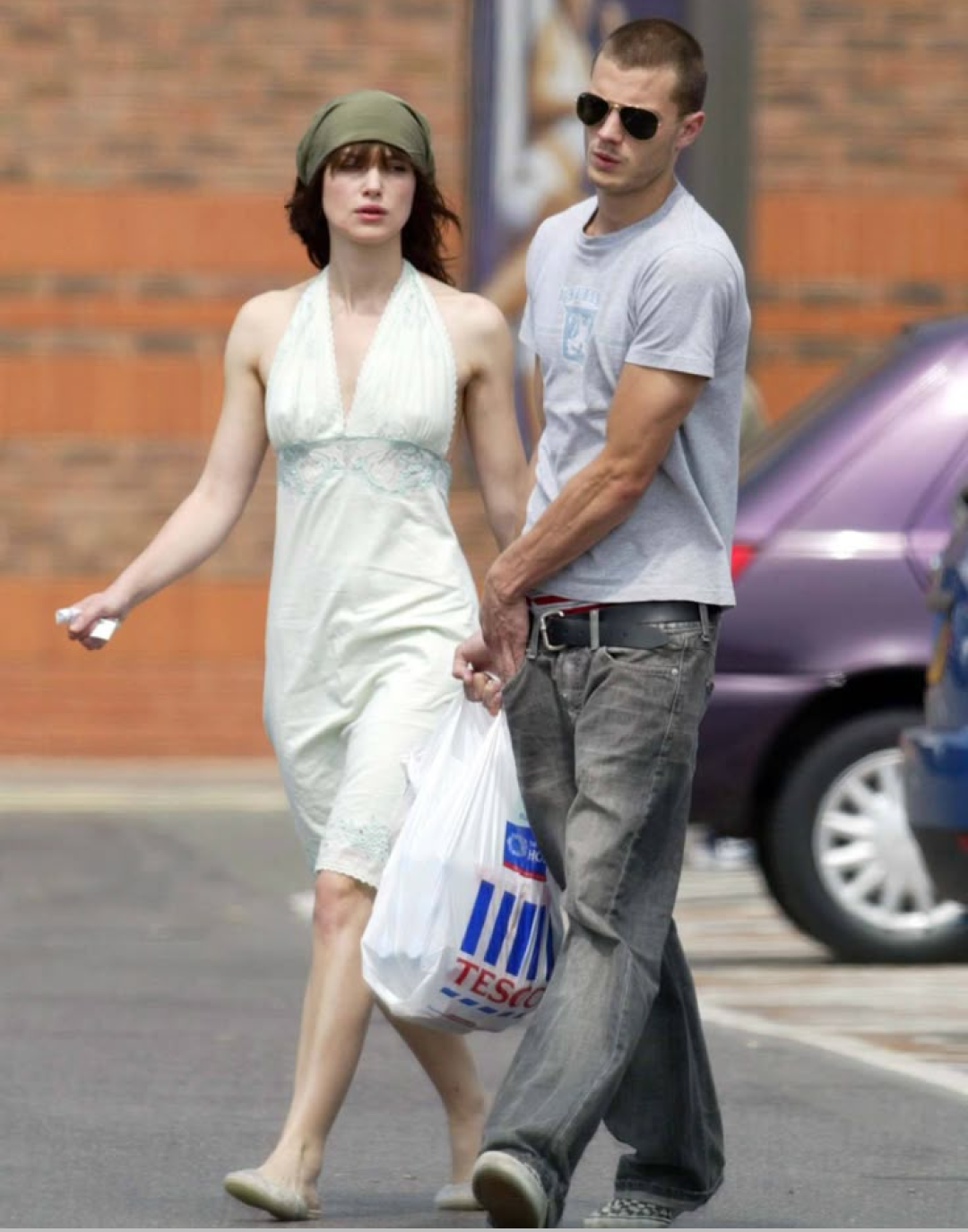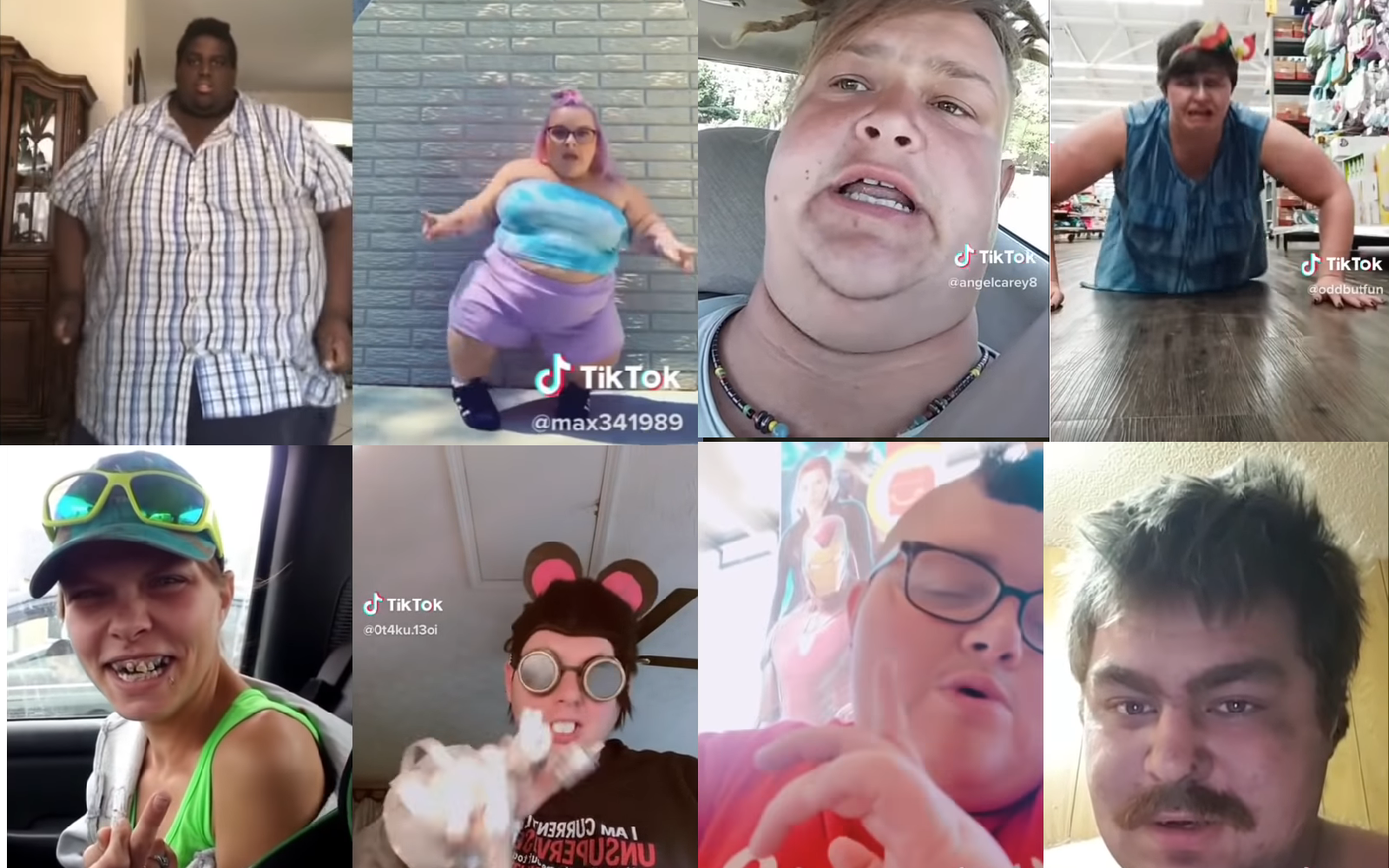
TikTok's policy might have a big problem To attract more users, content from users deemed unsightly, disabled or poor is censored
According to a report by The Intercept, TikTok's parent company, ByteDance, allegedly ordered the moderators of the popular social media network to artificially reduce the audience of users deemed not to fall within precise physical, aesthetic and socio-economic standards. Such content would not be deleted, but simply excluded from the algorithm that, instead, would give great visibility to videos of users who comply with the supposed standards of "decorum". Such a strategy would be aimed at improving the image of social media and raising its appeal to potential new users.
The news emerged from The Intercept's report in addition to persistent rumours surrounding TikTok's censorship of content deemed "politically incorrect" such as videos of users criticizing the Party's policies Chinese Communists, including, for example, all mentions at the Tiananmen Square protests of 1989 – an event considered taboo in China.
Recently, the singer Lizzo had problems with the app that first censored some of her swimsuit videos and then made them visible again after Lizzo's public grievances. It is worth noting how more and more sex workers have started to use TikTok as a "showcase" for their body, showing themselves in videos in which they wear much less than a bathing suit – videos that do not undergo systematic censorship but that, in fact, get a huge amount of views.
Representatives of TikTok have defined the offending guidelines as anti-bullying strategies employed in the past that are no longer in use, but some internal sources would have revealed to The Intercept that those same guidelines were written and applied throughout 2019. According to the document you can read at the top, the "Recommended for you" app section would be cleaned up of all content posted by users with the following features:
Abnormal body shape, chubby, have obvious beer belly, obese, or too thin (not limited to: dwarf, acromegaly); Ugly facial looks (not limited to: disformatted face, fangs, lack of front teeth, senior peoplewith too many wrinkles, obvious facial scars) orfacial deformities (not limited to: eye disorders,crooked mouth disease and other disabilities).
The list goes on to the locations where the videos are shot, which must adhere to the same parameters of care and beauty, including an ambiguous mention of "disreputable decorations".
At this point, before reacting with indignation, an uncomfortable question should be asked. The guidelines were written as part of TikTok's social strategy, to increase its success – success that actually came just as these rules were in place. However incorrect, anti-ethical and discriminatory, anyone who has written them knows the superficiality and behaviour of the public. And this is the crux of the problem: the guidelines do not serve to change the tastes of the public, but to pander to them. Perhaps, in addition to accusing TikTok, we should begin to consider that the problem of discrimination resides not in social media but in society as such.









































